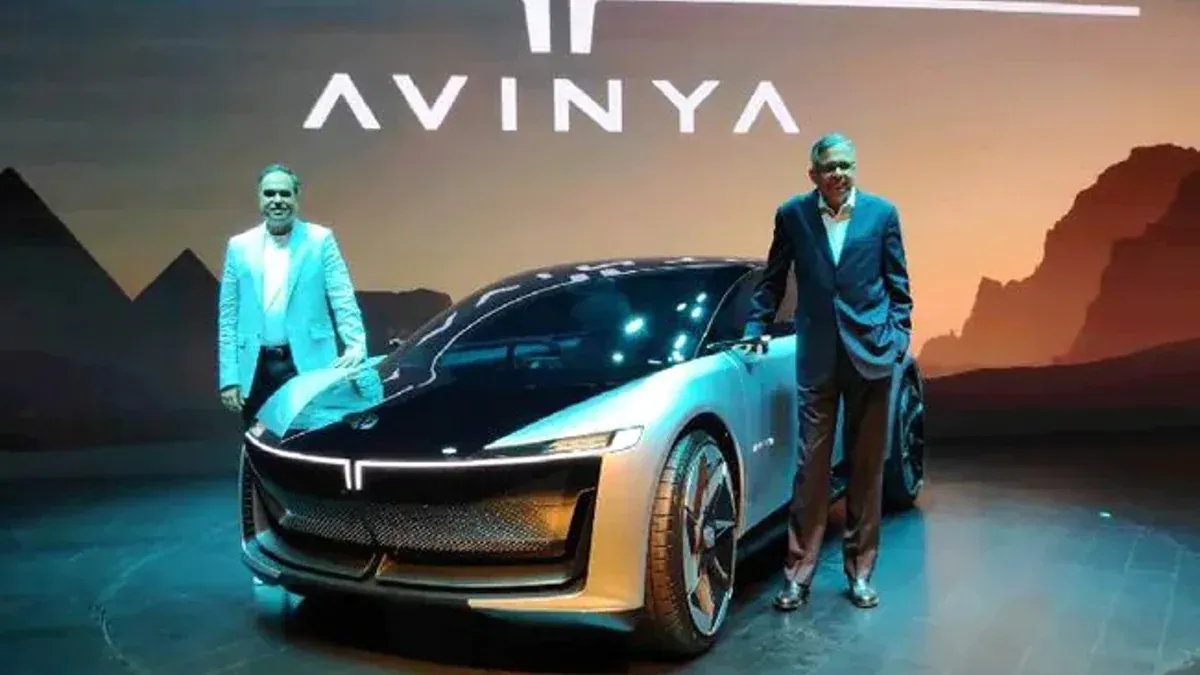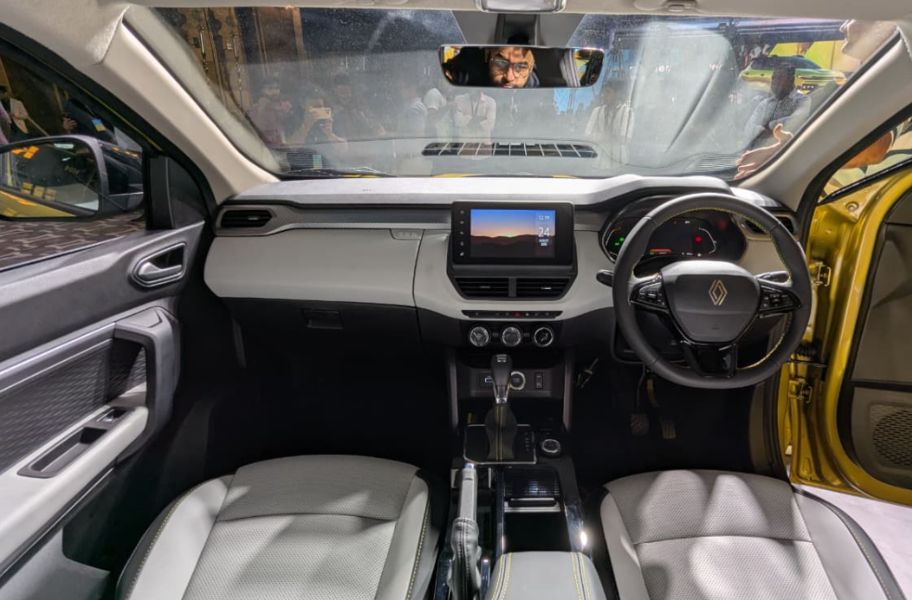With an eye on accelerating the growth of its electric vehicle (EV) portfolio, Tata Motors’ EV business has entered into a strategic partnership with JLR, formerly known as Jaguar Land Rover. This partnership will result in the upcoming Tata Avinya EV – showcased in concept form in 2022 – adopting JLR’s dedicated Electrified Modular Architecture (EMA). This platform will underpin upcoming battery-powered SUVs from JLR, which are due for introduction starting 2025. Tata Passenger Electric Mobility Ltd (TPEML) and JLR, both of which are Tata Motors’ subsidiaries, have entered into a memorandum of understanding (MOU), which will grant TPEML access to EMA under licence, along with JLR’s electronics and electrical (E&E) architecture, electric drive unit, battery assembly and manufacturing know-how, in exchange of royalty payments.
Also Read: Tata Motors Plans To Open EV-Only Showrooms In India Soon

The production version of the Tata Avinya is expected to arrive in 2025.
As per Tata, this arrangement will accelerate the company’s entry into the high-end EV segment, as it will slash vehicle development time as well as cost. The EMA has an integrated propulsion system that unites cell-to-pack (CTP) battery technology, battery management and charging system to maximise range and efficiency. Tata says JLR’s E&E architecture enables Level 2 autonomous driving capabilities, and will help it quicken the progress of over-the-air software and feature updates, vehicle safety and ultra-fast charging technologies.
Also Read: Tata To Build 40GWh EV Cell Gigafactory In The UK; Batteries To Be Supplied To JLR
Tata had previously confirmed its ‘Gen 3’ EVs – starting with the Avinya – will employ lightweight materials and optimised structures for electric-only powertrains. These vehicles are expected to deliver a range of at least 500 kilometres on a full charge. The Avinya has also been confirmed to support ultra-fast charging, and when plugged into a powerful enough DC fast-charger, will be capable of gaining 500 km of range in just 30 minutes. This marks a clear step up from the Gen 2 Tata EVs, which will be based on a heavily modified internal combustion engine (ICE) platform. The Gen 2 Tata EVs will arrive starting 2024, with the Curvv coupe-SUV and Harrier EV both expected to debut next year.
Also Read: JLR To Procure Battery Cells From Tata’s Agratas; Targets Range Of Up To 730 KM For Future EVs

Tata Group’s Agratas Energy Storage Solutions will design, develop, produce and supply lithium-ion cells to JLR for its upcoming EVs.
The partnership follows a few months on from Tata Sons committing £4 billion (over Rs 42,000 crore) towards constructing a new battery cell gigafactory in the United Kingdom, with JLR confirmed to be one of its ‘anchor’ customers. JLR will source battery cells for its upcoming EVs from Tata Group’s Agratas Energy Storage Solutions. As part of the alliance, Agratas will handle securing the raw materials as well as design and development of the lithium-ion cells and their testing and validation.
JLR is in the midst of a complete transformation as it readies an all-electric line-up of vehicles. It has said it will invest more than £1.4 billion (over INR 14,232 crore) over next five years in its Halewood plant, in Merseyside, Solihull plant, in the West Midlands, UK, as well as its Nitra plant, in Slovakia, to produce EVs. The company has also made a £250 million (over INR 2,542 crore) investment in the JLR Future Energy Lab at Whitley Engineering Centre, Coventry, UK, to develop electric drive units and partnered with Wykes Engineering to develop one of the UK’s largest second life battery energy storage schemes. JLR’s first EVs – a Land Rover SUV and a Jaguar four-door GT – are currently being readied for a 2024 debut.






